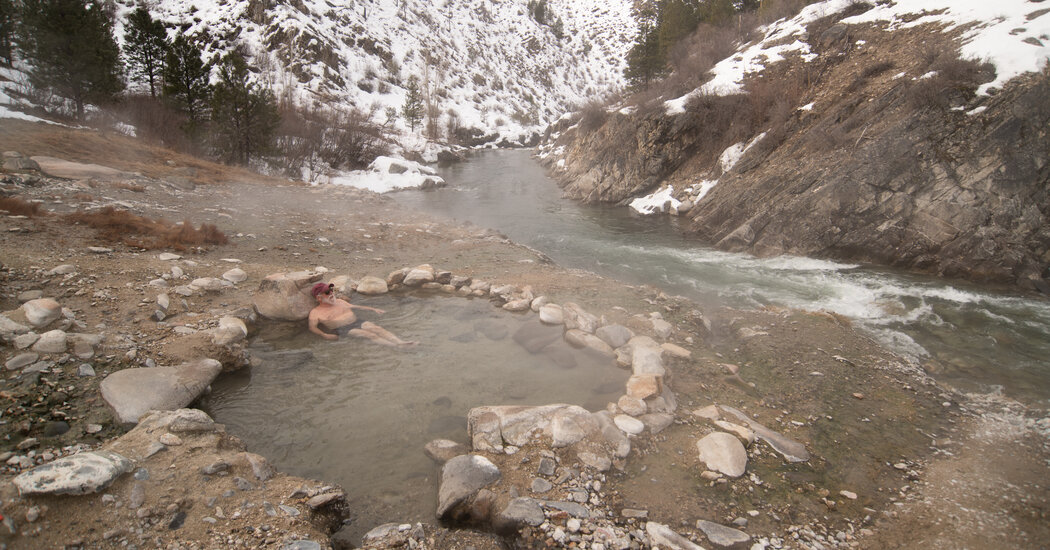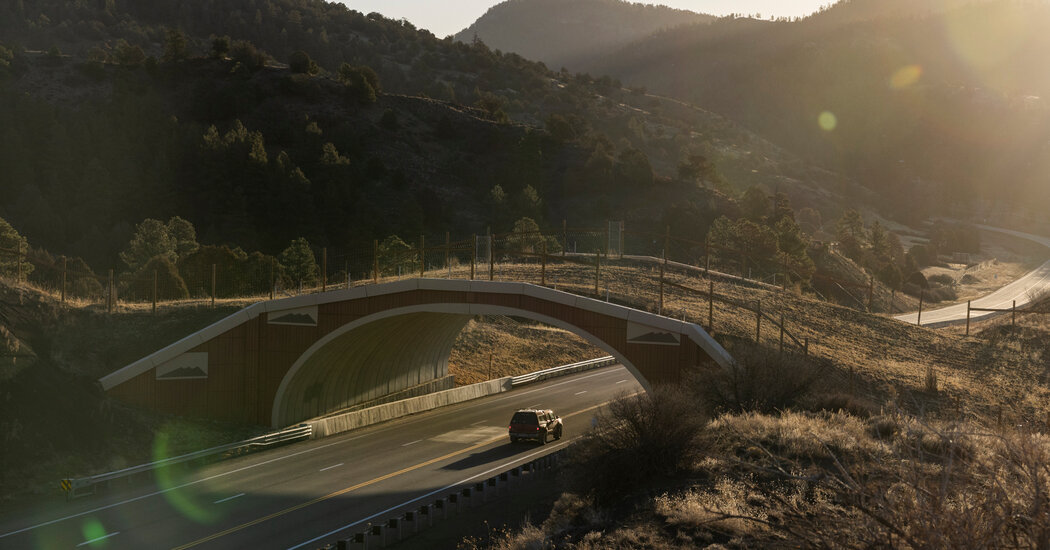Boise’s Geothermal Wonder: Sustainable Heating Solutions
It’s pretty easy to get into hot water in Boise. After all, it’s in Idaho, a state filled with hundreds of hot springs. The city has tapped into that naturally hot water to create the largest municipally run geothermal system in the country. Nearly 500 Boise businesses, government buildings and homes, as well as hospital and university buildings, City Hall and a Y.M.C.A., are warmed by heat drawn directly from hot water reservoirs, or aquifers, below ground. The Idaho Statehouse, in Boise, is the only one in the United States to use geothermal heat. The heat even warms some sidewalks in the winter, to melt the snow, and raises the temperature in hot tubs.
Geothermal Heating System in Boise
Boise’s unique geothermal system continues to be a model of sustainable energy use, drawing interest from communities worldwide interested in similar systems. The integration of geothermal energy into the city’s infrastructure demonstrates a successful blend of history and innovation, as it combines century-old practices with modern technology to address contemporary energy challenges. City officials and technicians remain focused on expanding the network sustainably, ensuring the aquifers are not overtaxed while still meeting increasing demand. This balance not only supports local energy independence and reduced emissions but also enhances Boise’s reputation as a leader in the adoption of clean energy solutions. The collaboration between the city and entities like the Boise Warm Springs Water District illustrates how community-wide efforts can drive significant environmental and economic benefits, fostering an environmentally conscious culture that attracts global interest.
The Growth and Expansion of Boise’s Geothermal Heating System
Today, there are four separately run geothermal water systems in Boise: one run by the city, another by the Boise Warm Springs District, and two more that serve the Capitol and U.S. Department of Veterans Affairs buildings. The city’s system is operated as a utility, funded by the sale of water rather than by taxpayers. Ms. Riley said the price of the heat was roughly comparable to that of natural gas, depending on the efficiency of buildings, but cost less when used in tandem with heat pumps. Over in the Boise Warm Springs Water District, Scott Lewis, a technician, said that geothermal heat was especially cost-effective for warming old Victorian homes that hadn’t been weatherized.
Boise’s Geothermal Heating as a Clean Energy Solution
Boise’s use of geothermal energy has not only provided a sustainable heating solution but also fostered a sense of community around a shared resource. The geothermal systems, with their roots dating back over a century, exemplify how an old concept can be revitalized to meet modern needs. The city’s initiative to expand access to geothermal heating highlights its commitment to sustainability and energy independence. As the network continues to grow, Boise remains mindful of balancing demand with the aquifer’s capacity, ensuring that this renewable resource is carefully managed. The influx of visitors interested in observing and learning from Boise’s geothermal success story further showcases the city’s role as a leader in innovative energy solutions.
International Interest in Boise’s Geothermal System
In conclusion, Boise’s innovative use of geothermal energy stands as a model of sustainable urban heating. This natural and efficient system significantly reduces carbon emissions while providing reliable energy to a wide array of city buildings. The geothermal network helps ease the power grid’s burden and remains a testament to Boise’s environmental consciousness. With ongoing interest and potential for expansion, the city continues to showcase the benefits of tapping into local geological resources.















Post Comment